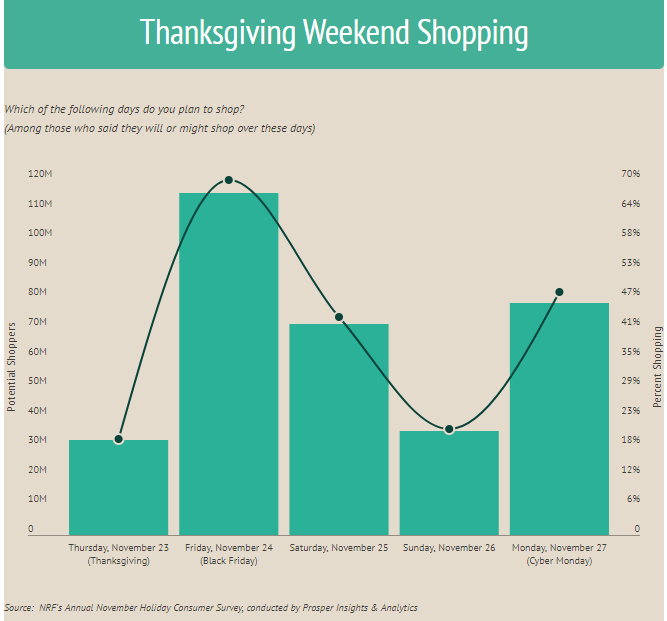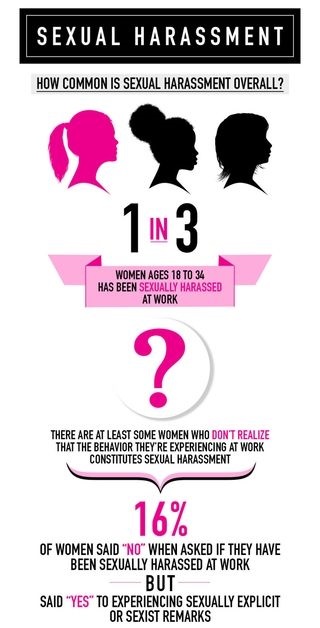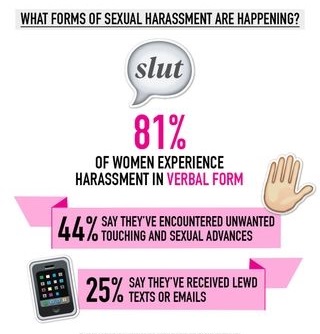Here are some of their stories.
By Erin Reilly
College can be a challenging experience for many students. But for those with mental illnesses, the typical college struggles can be amplified.
Mental health problems, especially anxiety and depression, have been a growing concern on college campuses in recent years.
According to the American College Health Association’s National College Health Assessment from fall 2016, almost 20 percent of students reported being diagnosed with or treated for anxiety within the past year and 15.2 percent were diagnosed with or treated for depression.
However, not all students seek mental health treatment, so the actual rates of anxiety and depression could be higher. In fact, the same survey found that 60.8 percent of all students said they had felt overwhelming anxiety and 38.2 percent felt so depressed that it was difficult to function within the past year.
Not only are anxiety and depression the most common mental health problems among college students, but the distress levels associated with them are also on the rise. According to the Center for Collegiate Mental Health’s 2016 annual report, students’ distress levels for depression, generalized anxiety and social anxiety have increased the past six years. Meanwhile, distress levels for other concerns have decreased or remained constant.
The prevalence of these mental health issues may be due to the distinct situation college students are in. This is the time when many people experience significant stress for the first time. For many students, it is also the first time they live on their own and take on more responsibility. The combination of these factors can worsen or trigger students’ mental illnesses.
At colleges across the country, including Quinnipiac University, students with mental illnesses have a unique experience. The interaction between the college environment and their illnesses can lead to challenges that aren’t shared with any other age group.
“Transition to college and other factors found on campus can highlight stressors that individuals thought they were able to handle in previous years,” Quinnipiac counselor Sheila van den Broeck said. “Being away from one’s support system can also add to the decrease in the individual’s ability to cope.”
Penny Leisring, a psychology professor at Quinnipiac, agrees. She says “stress and big transitions” and “being away from family and friends” are reasons why a student’s mental health might worsen while in college.
Stress, commonly caused by finances and academics, is a major concern for all college students. However, dealing with stress can be particularly hard for students also experiencing mental health problems.

American College Health Association; Center for Collegiate Mental Health
When it comes to academics, depression and anxiety can have a negative effect. According to the ACHA’s fall 2016 assessment, nearly a quarter of students reported that anxiety affected their academic performance within the previous year and 15.4 percent said depression affected their academic performance. The effects on academics ranged from receiving a low grade to having to drop a class.
Students at Quinnipiac who see their academics affected by their struggles with mental illness can seek help at the Counseling Center.
“Poor academic performance can be a factor but we encourage the use of the Learning Commons and open dialogue with their professors,” van den Broeck said. “We also encourage learning strategies, deep breathing, and other techniques tailored to the student’s individual needs.”
Regardless of academic difficulties, all students suffering from a mental illness are encouraged to take advantage of the resources available to them on campus and beyond.
“There are many effective treatments for anxiety and depression like cognitive behavioral therapy,” Leisring said. “And there is an office on campus called the Office of Student Accessibility that can help students arrange appropriate accommodations if any are needed. For example, a student with a severe mental health problem may want to take a reduced course load, may need extra time for exams, etc.”
Many students do utilize these resources, including the Counseling Center. According to van den Broeck, the center has had 550 intakes this semester.
“Students attend counseling for a variety of behavioral health related issues,” van den Broeck said. “Some stemming from transition issues, interpersonal issues, stress-related symptoms and persistent illnesses.”
However, the Counseling Center isn’t perfect. It has a small staff and limited hours, which means students don’t always get as much help as they need.
Still, receiving professional counseling can be helpful to students in many ways. For one, it may be their only source of support. Many students with mental illnesses say they lack support from their family and friends, according to the CCMH’s 2016 report.
The lack of support may stem from the stigma that surrounds mental illness. People often label those who have a mental illness as “crazy.” They may also make assumptions that they are dangerous, criminal or unable to live normal lives. Due to these misconceptions, students with mental illnesses may feel judged or isolated. They may also be afraid to speak up about their issues.
These students may have much in common. However, mental illness does not affect everyone the same way. Every student faces different challenges and uses different coping methods. While research, data and expert’s statements are important, they cannot tell the whole story.
Each student’s voice deserves to be heard, so here are just a few of those voices.
ANNA’S STORY
Anna, a senior at Quinnipiac, has suffered from multiple anxiety disorders since she was in elementary school. Since then, her anxiety has progressively gotten worse. Starting college led to a spike in her symptoms and she had trouble adjusting.
“By the end of my freshman year, I thought I had made a huge mistake. I didn’t think I was cut out for college,” Anna said. “I started seriously considering dropping out or transferring to my community college at home or starting an online program. I just felt so alone and my anxiety was really interfering with my life and I was not coping well.”
Anna says the stress she experienced was a major factor in her considering to leave Quinnipiac. But unlike many students who consider dropping out, her grades were never suffering. Anna has always been a good student and gets mostly A’s. However, that doesn’t mean classes aren’t anxiety-inducing for her.
“Presentations and group projects are the worst. So are discussion-based classes. I obviously do much better in lectures with individual assignments so I can keep to myself,” Anna said. “If I can go a whole class without talking, I consider it a good class. But unfortunately I can’t always be that lucky. In many classes, I have to speak so I dread going to them and get very anxious before and during them.”
Anna’s anxiety often interferes with other aspects of her life as well.
“Everyday things that most people don’t think twice about are really difficult for me. People might mistake it as laziness or just not wanting to do something, but it is truly physically difficult for me,” Anna said. “Getting the mail, taking out the garbage, ordering food, going to an appointment, going to class – they are all so hard sometimes.”
Anna says most people are not aware of these kinds of issues that go along with anxiety She says she often feels misunderstood and judged.
“It can be really isolating,” Anna said. “I don’t feel like anybody really understands what I deal with.”
Feeling alone has been a common theme in Anna’s life. She says she has never had many friends. This stems from her social anxiety, which makes it difficult for her to interact with people.
“It’s really hard to make friends and that means I don’t have many people I can talk to about my issues, so I mostly just keep it all to myself and I feel like I am going to explode,” Anna said.
Anna also does not receive any professional help. She has not seen a therapist since she was younger, but she thinks she needs to seek help again. She knows she needs it and that it could make her life much better. However, it is not that simple for her.
“I want to see a therapist because of my anxiety, but I don’t want to see a therapist because of my anxiety,” Anna said. “I kind of get caught in this cycle because the thing I need help with is the thing that prevents me from getting help.”
While some days are harder than others, Anna feels like she is on the right track. She says the next year or so will be difficult, but she is trying to be optimistic about her future. Despite her anxiety, she is the kind of person who always tries to focus on the positives.
DAVID’S STORY
David is a Quinnipiac senior who has suffered from depression since he was in middle school. He has also had periods of feeling suicidal.
“When I was in middle school, I would walk to the train tracks in my town like every day and just sit there and contemplate jumping in front of the train,” David said.
Like Anna, David does not currently receive any professional help.
“In high school I kind of freaked out on my mom and told her I felt depressed and suicidal. Of course, then she made me go see a therapist. But that didn’t last long – just a couple weeks,” David said. “I just didn’t see how it could possibly help and I assured my mom that I was ok. In retrospect, I probably should have kept seeing the therapist. Maybe I wouldn’t have these issues anymore or I’d be able to cope in better ways.”
His current method of coping is by abusing alcohol and drugs.
“When everything gets too hard and too much to handle, I drink or smoke or take pills,” David said. “I know it’s not the right answer to my problems, but it seems to be the only thing that works.”
Though he has not felt suicidal in a few years, David says his depression has worsened while in college. Being away from family and having easier access to drugs and alcohol has had a negative impact on his mental health. However, people who know him may not be aware of that.
“Most people have no idea what I am going through. I’m pretty outgoing and seem to be in a good mood all the time, but it’s really just a show,” David said. “I hide everything pretty well. I used to have to work at hiding things, but now it is just natural to lie and pretend.”
ALEX’S STORY
Alex Nauta is a sophomore at Quinnipiac who is double majoring in marketing and operations and supply chain management. She has suffered from obsessive compulsive disorder (OCD) and anxiety since she was 8 years old.
OCD is significantly less common among college students, and in general, than depression and anxiety. According to the ACHA’s fall 2016 assessment, 3.2 percent of students were diagnosed with or treated for OCD within the previous year.
Ever since she was diagnosed as a child, Nauta has been in and out of intensive therapy. However, she maintains a positive view of her mental illnesses.
“I have gotten used to it for the most part,” Nauta said. “It has become a part of me and although at times it may set me back, it has given me some of my greatest strengths.”
But starting college had both positive and negative effects on her mental health. On the one hand, she says she did not have much trouble with adjusting.
“I am pretty resilient and adaptable and have always worked hard and done well academically,” Nauta said.
She also says college-related stress has not been a major factor in her mental health.
“For the most part, my stress has decreased since college,” Nauta said. “I thrive and am the happiest when I am busy.”
However, it hasn’t all been easy for Nauta.
“Due to the stigma of having a mental illness, my freshman year I had to switch roommates because my first room was uncomfortable with my medication” Nauta said. “They didn’t understand mental health and thought my medication classified me as crazy.”
The lack of acceptance from her peers was made harder by being away from her supportive family.
“I am extremely close to my family. I miss them in school and still call them every day,” Nauta said. “It is hard being away, but I know they are always there for me regardless of the struggles I am facing. I don’t go home often, but it is always great to go home and see them.”
To help deal with those struggles, Nauta takes advantage of the resources on Quinnipiac’s campus.
“I use the on-campus psychiatrist once or twice a semester and check in with the Counseling Center about once a month,” Nauta said.
Her other coping methods include running and making jewelry. The jewelry Nauta makes and sells is intended to raise awareness about mental illness and money for the Brain & Behavior Research Foundation, which funds mental illness research. It is important to Nauta to do what she can to fight the stigma surrounding mental illness.
RESOURCES FOR STUDENTS
The uniqueness of the college years creates distinct challenges for students with mental illnesses. When they were younger, they had less stress that was weighing on them and exacerbating symptoms. As they grow older, they might have better coping methods and more control over their issues.
But during the transition from childhood to adulthood, dealing with a mental illness can be extremely difficult. With the added stress of finances and academics and the absence of a support system, students like Anna, David and Alex may struggle.
While every student doesn’t have the exact same experience or challenges, there are resources available that can be helpful to everyone at Quinnipiac who has mental health problems.
-
The Counseling Center provides students with individual counseling and support groups. Students can make an appointment with a counselor online through MyQ. Services are free and will not be billed to students’ insurance companies.
-
The Learning Commons provides students with academic support. It offers peer tutors to help any student who needs assistance with a class or assignment.
-
The Office of Student Accessibility makes accommodations for students with disabilities. Students can fill out a form to request an accommodation.
-
There are multiple therapists and psychiatrists nearby to Quinnipiac. They can provide therapy and medications if necessary. Psychology Today has a search engine to help people find psychiatrists that suit their needs and take their insurance.
-
There are also organizations like the National Alliance on Mental Illness that provide education and support and raise awareness about mental health.
-
Multiple helplines are also available to anyone who needs someone to talk to. Some can provide more information about certain issues while others serve as an intervention during a crisis.






